A Developing Education System
Working with children and university students here in Nablus has given us insight into the education systems in place. We have found some similarities between education here in Palestine and the education we come from in the United States, but the differences are what help us see into the lives of the students whose lives we impact at TYO. If you look at the statistics, literacy and higher education rates are among the highest in Palestine compared to other Middle Eastern countries. But having spent time with these children and community members and despite these statistics, we know that the education system faces serious challenges. Schools in Palestine fall into one of three categories-- private, public or UNRWA (schools set up by the UN in Palestinian refugee camps). Few parents who can afford to do so send their children to private schools, but most families are less fortunate. While in the United States, teachers and parents begin to complain when class sizes reach 30 or 35, class sizes in some areas of Palestine regularly reach up to 60 students, particularly in the overcrowded camps, without causing any protest.

Unlike in the United States, where foreign language education often doesn’t start until 9th grade, students in Palestine begin studying English in elementary school. While their programs aren’t the strongest, and their curriculum can contain errors or are outdated, they do have an earlier start to building their foreign language skills. But the language skills fall short when they are asked to memorize English, instead of learn and understand it. Students we work with know very basic English and most are unable to answer basic and simple questions.
Additionally, Palestinians have heavily standardized curriculum, whereas in the United States, sometimes different classes within the same school use different textbooks. Every student in the sixth grade across the West Bank uses the same textbook, and often, it's the same textbooks used by parents, aunts and uncles when they were in the sixth grade years ago. Partially due to the standardization of curriculum and the emphasis on the Tawjihi exam-- which must be passed in order to graduate high school-- students don’t have classes aimed at stimulating imagination or creative thinking like we have in America. There aren’t art classes or gym classes in an average student’s day, which makes our work at TYO especially important as an outlet for Palestinian youth to be creative.

Although the education system is struggling to meet all the needs of its students, we believe that Nablus is relatively more advanced given its limited resources, and organizations like TYO and others in Nablus are helping to meet the unmet needs in the community.
